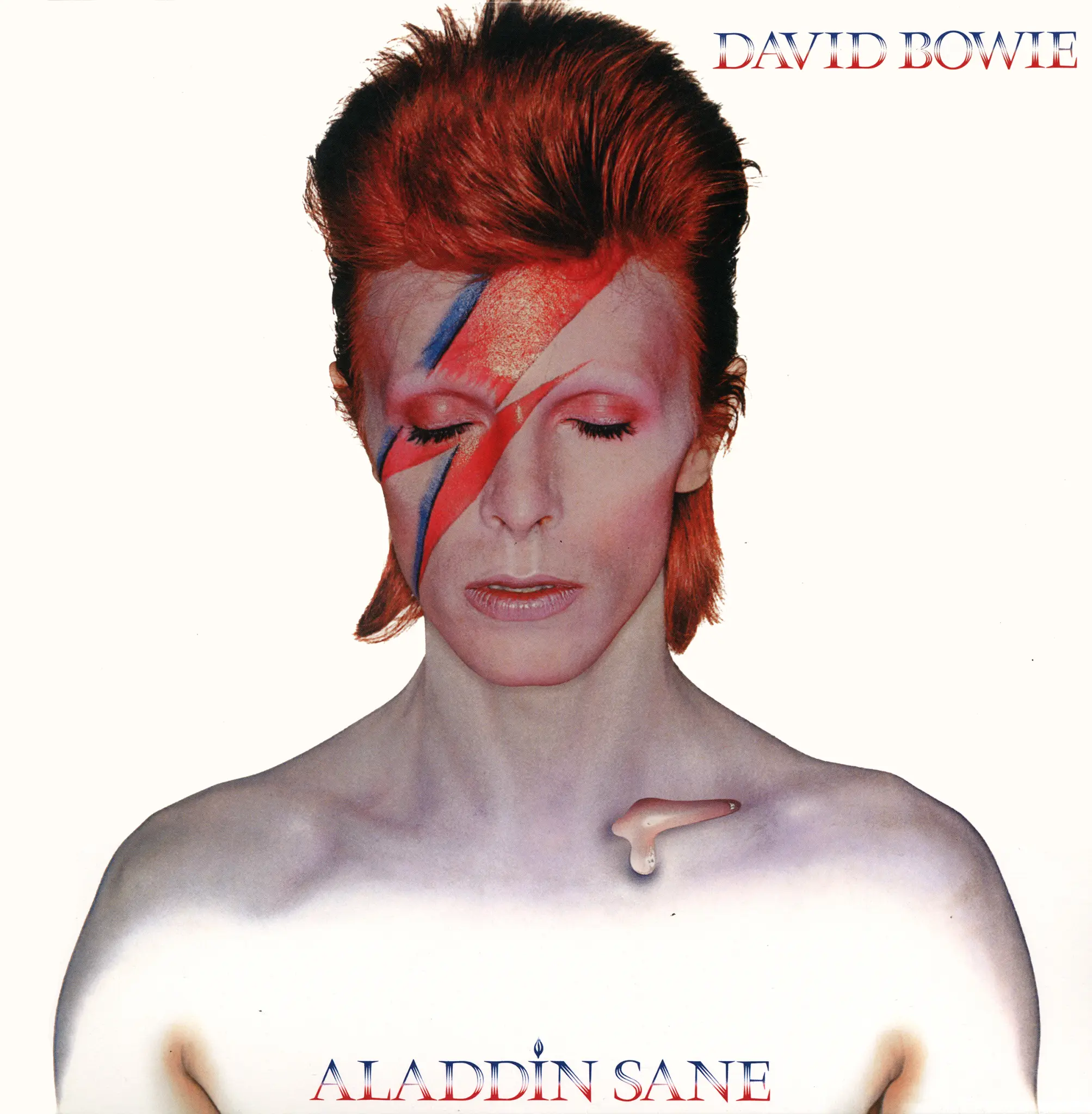Beloved comic actress Betty White left some big shoes to fill last New Year’s Eve when she shocked the world by dying at the tender age of 99.
Who could possibly match her zest for life so many years into it?
Paging Dick Van Dyke…
The nimble-footed 96-year-old has yet to host Saturday Night Live, but remains culturally relevant nonetheless, thanks to the enduring popularity of his early work.
His early 60s sitcom, The Dick Van Dyke Show, was a staple of ‘90s-era Nick at Nite.
Even Generation Alpha knows who he is, thanks to his evergreen turn as Bert, the dancing chimneysweep in Mary Poppins (1964).
The physical grace he brought to such musical fare as Bye Bye Birdie and Chitty Chitty Bang Bang is something he deliberately strived for as a fan of silent comedy’s greats, and at 96, it’s not something he takes for granted. He began strength training many decades ago, after observing Broadway dancers’ work outs, and maintains a daily regimen of crunches, leg lifts, and hip openers.
Like White, he thrives in the company of younger people.
He’s by far the oldest member of The Vantastix, a barbershop quartet he formed in 2020.
And for those keeping score, he’s 46 years older than his bride of ten years, Arlene Silver, who sings and dances with him in the above video (and directs, too.)
Yes, Van Dyke’s shoulders and torso may have stiffened a bit in the four years since Mary Poppins Returns found him hopping atop a desk for a spritely soft shoe, but the ease with which he propels himself from a low slung wingback chair at the one-minute mark will strike many viewers as nothing short of miraculous.
(For those admiring the decor, Fallen Fruit’s recent SUPERSHOW installation provided the video’s younger-than-springtime set.)
Van Dyke’s loose limbed appeal is accompanied by a refreshingly flexible attitude, another way in which he models health aging.
A year into his marriage to Silver, he told Parade that they’re so well suited because “she’s very mature for her age, and I’m very immature for my age.”
“Immature in a good way, Silver clarified to HuffPost, “with the wonder of a child”:
He’s just fun, he’s open minded. He’s not stuck in his ways at all.
We take very good care of each other. But, I’m very aware that I have a national treasure on my hands.
No wonder people love him. As proof, witness the twenty-something leaping to their feet to give him an ovation, as he makes his entrance in Disneyland’s 60th-anniversary special six years ago.
12 seconds later, the 90-year-old Van Dyke was also leaping.
“When people tell you you look good in your 90s, what they mean is you don’t look dead,” Van Dyke confided in the late Carl Reiner’s 2017 documentary, If You’re Not in the Obit, Eat Breakfast:
At 30, I exercised to look good. In my 50s, I exercised to stay fit. In my 70s, to stay ambulatory. In my 80s, to avoid assisted living. Now, in my 90s, I’m just doing it out of pure defiance.
via BoingBoing
Related Content
The Power of Pulp Fiction’s Dance Scene, Explained by Choreographers and Even John Travolta Himself
One of the Greatest Dances Sequences Ever Captured on Film Gets Restored in Color by AI: Watch the Classic Scene from Stormy Weather
The Iconic Dance Scene from Hellzapoppin’ Presented in Living Color with Artificial Intelligence (1941)
- Ayun Halliday is the Chief Primatologist of the East Village Inky zine and author, most recently, of Creative, Not Famous: The Small Potato Manifesto. Follow her @AyunHalliday.



